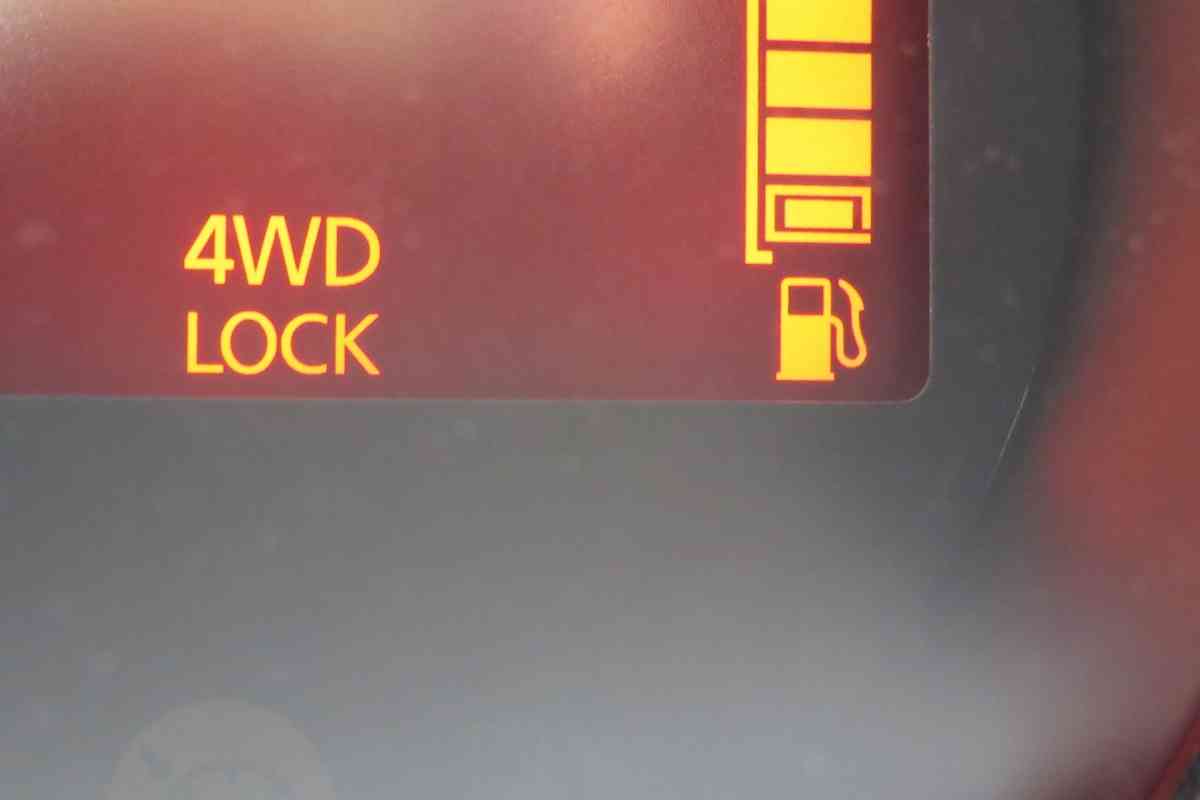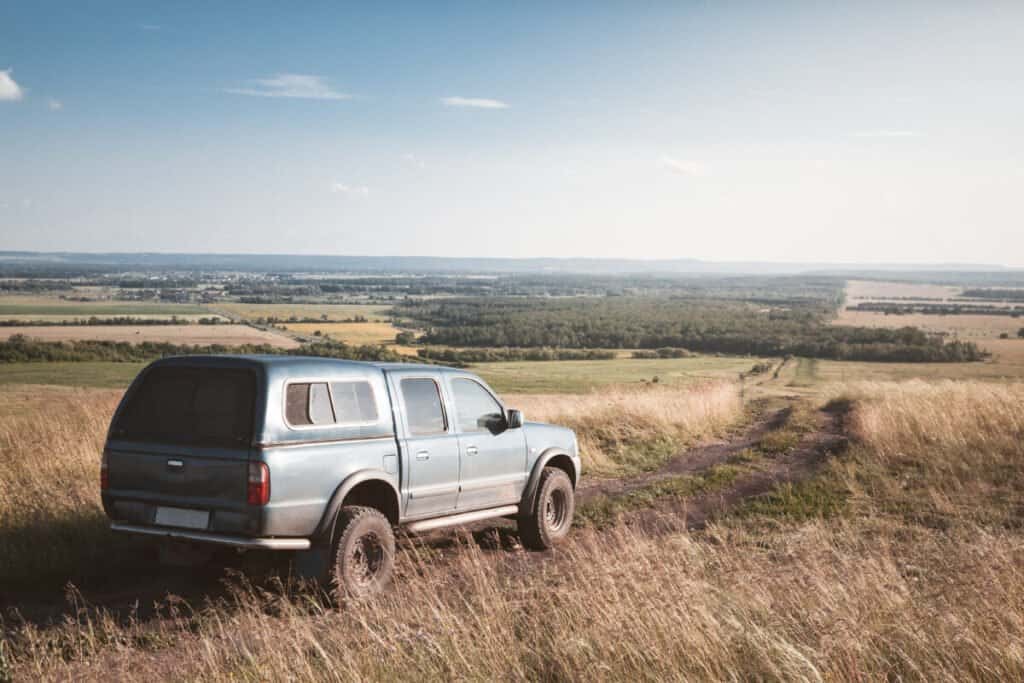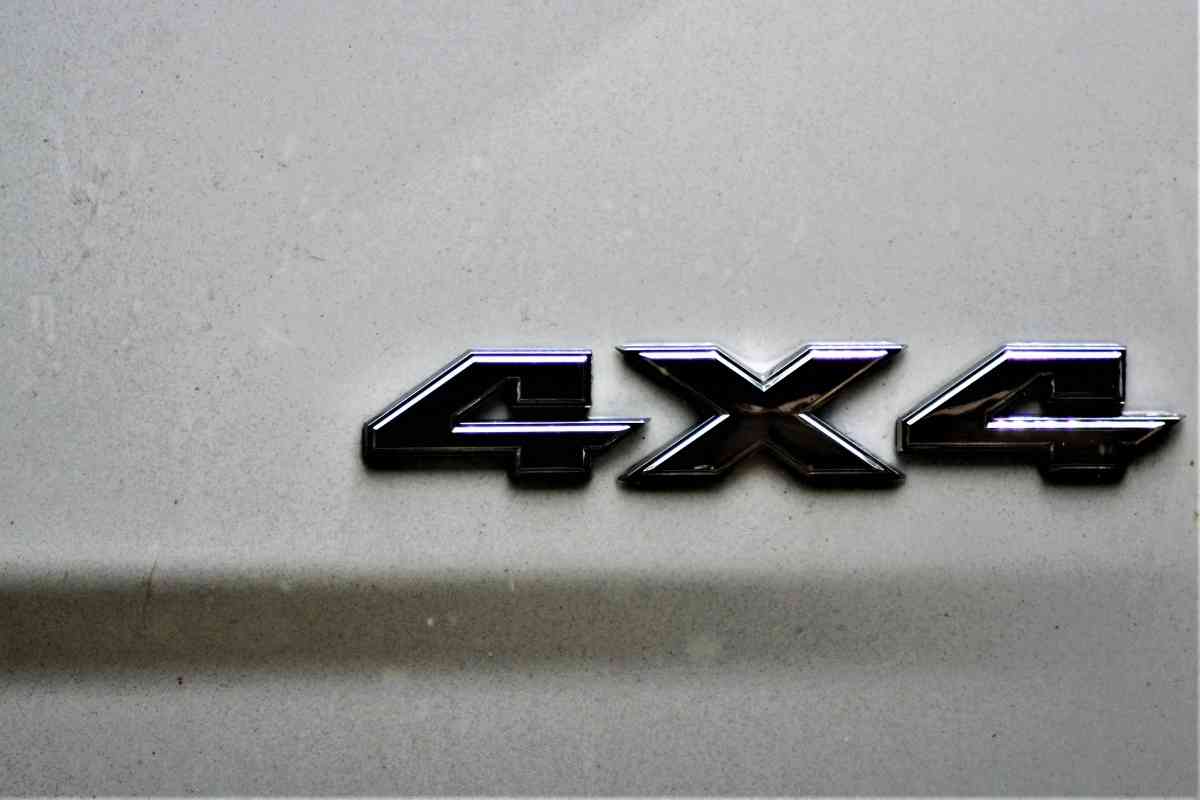How Do I Know If My 4WD Actuator Is Bad?
Spot a failing 4WD actuator with ease: our straightforward tips will guide you through the symptoms to watch for, ensuring your vehicle remains trail-ready. Learn to diagnose a bad actuator quickly to maintain your 4WD’s peak performance.

The four-wheel drivetrain comes fitted with loads of sensors and components. One of the most minor, but most crucial components of a four-wheeler is the actuator. This component often goes unnoticed when it works fine, but how do you know when your 4WD actuator has malfunctioned?
How do I Know if My 4WD Actuator is Bad?
You will know your 4WD actuator is bad when the 4WD (either 4H or 4L) becomes difficult to engage, gets stuck, or fails to activate. Any of these symptoms means that your actuator is faulty and it should be checked immediately.
Failure to have your actuator fixed timely will cause severe and costly damages to your 4WD drivetrain.
An actuator is used for locking up the differential of the 4WD when the driver engages the 4WD mode.
Whether it is the 4H or 4L, once the switch is made, the actuator will move to lock the diff (differential).
After receiving the signal, the four-wheel-drive axle actuator locks the differential using a gear and shift fork. Once the axle is engaged, it will rotate as a single unit, greatly enhancing your vehicle’s off-road capabilities.
When your vehicle fails to change gears on the fly, it may be an electrical failure or mechanical failure in the entire actuator relay system.
Before we delve deeper into the functionality of an Actuator, let us, first of all, understand what an actuator is and what it does.

What is An Actuator in a 4WD vehicle?
So, what is an actuator in a four-wheel-drive vehicle? When you engage the 4WD mode on your car by pressing the button or switch (depending on your car model) in the cabin, the actuator locks the differential.
The primary function of the actuator is to lock the differential to activate the 4WD mode on demand.
Unlike the full-time 4WD vehicle, the actuator will only come into play when you need it.
On the differential, the 4WD axle actuator contains the gears and shift fork needed to lock the diff (differential) once it gets the signal from the switch.
Once locked, all four wheels will then rotate together as a unit, greatly enhancing the off-road ability and performance of the vehicle.
Learn More: Is full-time four-wheel drive the same as all-wheel drive?
What Does The 4 Wheel Drive Actuator Do?
The actuator will lock the differential when you need the 4WD capability.
This is useful on low traction terrains or when you need all the wheels to rotate together.
All part-time four-wheel drives will have an actuator that is activated by a switch or button on the dashboard in the cabin.
Once engaged, the shift and fork mechanism will lock the gears together to help the wheels to rotate in unison.

How Does A 4wd Actuator Work?
Now, how does a 4WD actuator work? The actuator is used to lock the vehicle’s differential together when a switch or button engages the 4WD mode in the cabin.
To lock the differential, electronic solenoids engage the actuator gears.
This is common in the most recent 4WD vehicle models.
Older models of 4WD actuators used vacuum hoses that used pressured air to actuate the gears and lock the diff.
Activating differential lockers using a switch causes the driver-shaft to be connected as a single locked unit.
The actuator engages the 4WD mode of the vehicle’s transmission.
Modern cars are designed to carry out these steps automatically on cars equipped with the 4A automatic system.
Every component in the actuator, like the shift fork, locking collar, and gears must be checked and maintained periodically to prevent internal damage from moisture and excessive friction.
Since these parts are constantly moving, they are prone to wear and tear.
Thus, if not checked, your actuator will fail.

Where Is The 4 Wheel Drive Actuator Located
For most FWD, the actuator is located right next to the differential.
The actual position may vary from one vehicle to another.
For example, for the Chevy Suburban 1500, you can access the actuator from underneath the car, it is attached to the side of the differential with lead wires going to the activation switch on the dashboard.
In modern four-wheel vehicles, the actuator can be accessed easily from below the car.
You must raise the car with a jerk or take it to a garage ramp.
When replacing or repairing the actuator, care should be taken to ensure that you have disengaged the 4WD mode and removed the electrical connections to the dashboard.
Once removed, the actuator can be easily removed by using a spanner.
Ensure you replace with OEM parts only and that the new actuator fits seamlessly on the differential.
Frequently Asked Questions (FAQ)
How Much Does a 4WD Actuator Cost?
The cost of a 4WD actuator will vary from one vehicle model to another.
There is no fixed cost for the actuator because each is designed uniquely to fit the mechanism of a particular vehicle model.
When your 4WD actuator is damaged, you should, first of all, refer to the manufacturer’s manual for the parts number and specification of your actuator.
Once you have established, consult with an OEM for your vehicle parts to know the cost of buying a new system.
The 4WD actuator replacement cost will include the cost of purchasing the actuator and the mechanical works involved in replacing the actuator.
Generally, the price will range from roughly $25 – $200.
Are vacuum actuators better?
Vacuum actuators are old technology.
They are still functional and will work well, but they are not as reliable as the new electronic actuators.
In some old model vehicles, the 4×4 actuator is vacuum-operated, which can cause issues with locking the front axle over time.
This can be fixed by replacing the vacuum switch or installing a manual conversion mechanism.
The vacuum 4WD actuators are often converted to a manual system that engages the front axle quickly when called upon by the driver to do so.
Why is my 4WD light on the dashboard blinking?
Any blinking light on your dashboard means that something needs attention.
When this happens when you are driving in an off-road condition, it can be worrying. But also, this can occur when your 4WD is not engaged.
Therefore, you should first check to ensure your actuator is working fine. Then engage and disengage the 4WD to see if the light will stop blinking.
Another reason for this might be inadequate lubrication of the drivetrain. You will need to check the oil levels in the transmission and drivetrain.
Faulty 4WD Actuator
You will usually put your vehicle on 4WD mode when you need to get out of a difficult road condition.
Whether it is a 4-high (4Hi) or 4-low (4L), it, actually will be used to send the signal and lock the differential so that all four wheels rotate together.
This system consists of many moving parts that are subjected to friction, wear, and tear.
Therefore, it should constantly be checked for malfunction. When the actuator is bad, you will experience problems with your 4WD mode.
When this happens, you should have your actuator checked or repaired immediately as this will cause a loss of driving efficiency.
In modern 4×4 vehicles, the actuator stands out as one of the most critical components of the 4WD vehicle.
It plays a vital role in the part-time 4WD mode vehicle; thus, proper care should be taken to ensure it functions well.
Since the actuator is located on the vehicle’s underside, it is prone to scratches or getting wet.
This will often cause signal failure or a short circuit in the relay system of the actuator. When this happens, you should either completely replace your actuator or have it repaired.
Any driver should watch out for a delay in engaging the four-wheel drive is one of the most common 4WD actuator symptoms.
This may cause the vehicle to become stuck in the sand, mud, snow, or any other form of challenging terrain that requires the use of the 4×4 capabilities.
Some 4WD actuators in some vehicles use thermal switches that require warming before engaging.
Some automakers offer fully electrical replacement switches to replace the thermal switch, which does not need warming.
The electrical actuator is the best for modern off-roaders since it is quick and doesn’t require warming to activate.
This means that the 4WD will engage immediately after the switch is pushed.

my 1999 chevy suburban is stuck in 4 low. i replaced the actuator and is still stuck. what is the next part to fix.